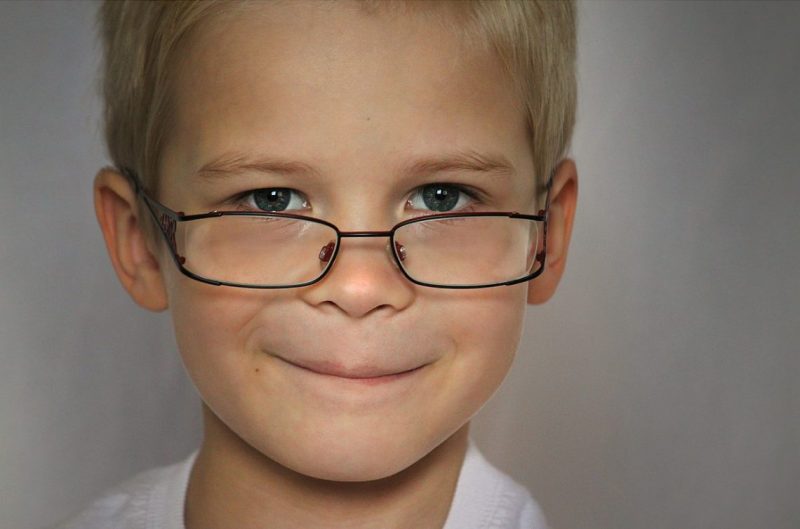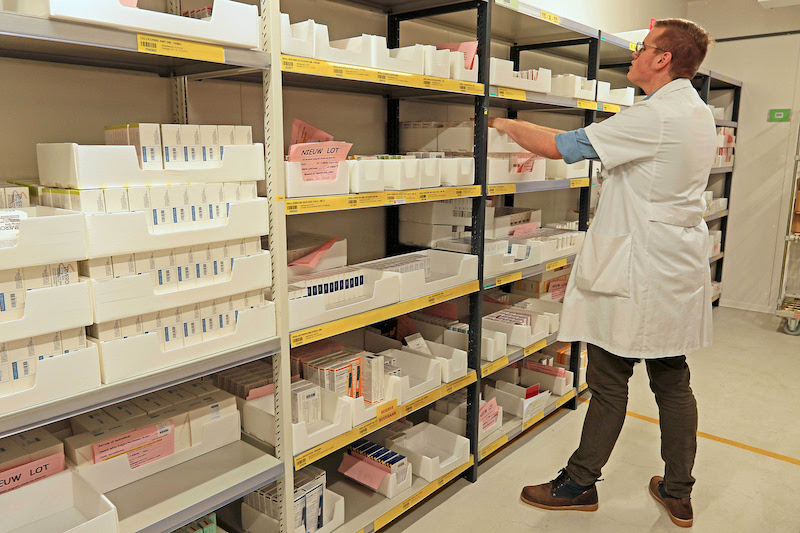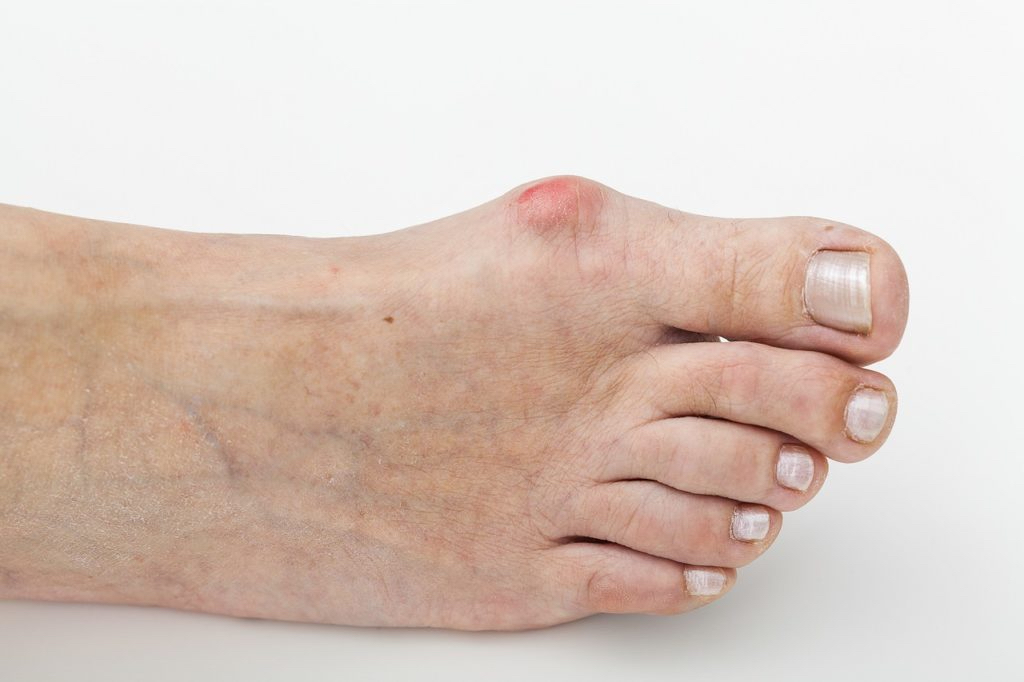
Strabismus and nystagmus: video oculography
In the 21st century the science and the technology keep on advancing and to diagnose or to treat certain pathologies, like the strabismus or the nistagmus, it is simpler and simpler thanks to this. Dr Carlos Laria, ophthalmologist, tells it to us.
The strabismus since we know is a deviation in the eyes while involuntary movements are the nistagmus, sometimes this takes place for important losses of the vision. So much a problem as other benefits from the advances and new discoveries of skills or gadgets to realize a better diagnosis. Till not long ago these problems of ocular deviation were diagnosed by a simple manual exploration, by the subjectivity and slant that it bears.
The specialists in this matter we were using some you trumpet of plastic with prisms that were costing us to measure the deviation of the above mentioned eyes and to raise this way its possible treatments. These methods undoubtedly were exposed to a very subjective appreciation, since the measurement was what we could consider “to raised hand”. Likewise the ocular deviation can be in more than one sense and not only vertically or horizontally, that it is more easily valuably, but also there can be deviations that we name torsions, that is to say movements of the eyes as the needles of a clock, which are not only much difficult to appreciate, but especially of diagnosing and certainly of registering of a precise form.
It is this evaluation of the above mentioned movements, added to the precision need, what does that the new technologies have supposed an important change for the treatment of these pathologies and one earlier and one later in the world of the estrabología.
Videooculografía
At present we have in the Unit of Pediatric Ophthalmology and Strabismus of OFTALMAR, in the Hospital Vithas International MEDIMAR of Alicante, being pioneers in its development and handling, teams of the so called skill of videooculografía. This skill allows us by means of two systems of infrared video cameras, to register with supreme accuracy the movements of the eyes in all the axes of the space, as well as with a precision as we say very top to that we are capable of registering with the traditional methods, since we go so far as to obtain records below 0,1st of deviation.
These methods have supposed a revolution in the treatment of the strabismus and they are bringing us information for a lot of pathologies which consequences we were not knowing. This way, with the nistagmus we can register also the speed of the above mentioned movements of a precise form and appreciate the results of our interventions and improve them every day.
At present we can with a minimal collaboration on the part of the patient, register with supreme accuracy a strabismus or nistagmus, in short any deviation of the eyes, and it allows us to play in tune much more in our treatments and results of the above mentioned interventions. Obviously these skills need of a high level of specialization and knowledge in the matter to be able to apply them with the wished results, for which they neither are within reach of the whole world there are not even simple methods, but we are speaking about skills where its real value is in the specializing strabismus units, like the developed one in OFTALMAR.
Thanks to them we can have a correct diagnosis from an objective point, avoiding any subjectivity in the records, both on the part of the patients and on the part of the doctors who value it.
Visual quality
We cannot forget that the eyes have a movement and this way of registering its deviations there is nothing more come closer the reality to be able to register of continuous form during the above mentioned movements. This way, this dynamic value of the exploration is a new world that is opened in the diagnosis of these pathologies and whose precision it is contributing important progress at the time of applying the surgical treatments in this type of alterations.
The strabismus and the nistagmus are problems that must be valued and diagnosed as soon as possible, not only to obtain the development of suitable esthetics, but especially to obtain at all times the best possible visual quality and to avoid thus the development of the vague eye and the ambliopía, problem that it affects to close to 5 % of the infantile population and whose treatment is successful if it is applied as soon as possible, being one of the causes of the same one the strabismus appearance.
Dr. Carlos Laria Ochaita
Director Unidad de Estrabismos y Oftalmología Pediátrica.
OFTALMAR. Hospital Vithas International MEDIMAR Alicante.
OFTALMAR. Hospital de Molina, Molina de Segura. Murcia.




